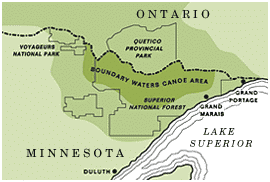
Plastics continue to impact Minnesota lakes, including those in the Superior National Forest. Environment Minnesota, a statewide advocacy group, recently surveyed 41 waterways and found microplastics stemming from four different sources in all the locations they sampled. To combat the issue, the organization has developed a blueprint for state, federal, and community leaders to act on. Microplastics may harm the environment and adversely affect wildlife and humans. We provide practical tips to reduce your footprint in the woods.
Plastic doesn’t disappear
Microplastics continue to raise concern as they pollute lakes and river systems throughout the Superior National Forest SNF). Extremely small pieces of plastic debris have been found as a result of the disposal and breakdown of consumer products and industrial waste. The Minnesota Pollution Control Agency (MPCA) reports that the state disposed of 688,096 tons of plastic in 2023. Of that total, only 11.5% was recycled. Most of it ended up in landfills or was incinerated.
This summer, a research team from Environment Minnesota, including citizen scientists, sampled numerous lakes and river systems. They analyzed four types of samples for microplastic pollution. Their report states that samples included fibers, mostly from clothing and textiles, fragments from harder plastics, film from bags and flexible packaging, and beads from facial scrubs and cosmetics. Their results showed that 100% of the samples contained microplastics, leading researchers to suspect that plastic exists in most of the state’s lakes.
When asked if they were surprised by those results, Katelynn Rolfes, Conservation Advocate, Environment Minnesota Research & Policy Center, said, “We sort of expected it because of the narrative that exists around microplastics right now. They are being found everywhere.”
She emphasized that people cannot treat it as an “over there” issue. The issue is impacting all regions of the state. Researchers sampled water at 40 different sites, including northern Minnesota. Each sample contained one or more microplastics. They chose sites to capture a variety of sources, including lakes selected by volunteers that mattered to them.
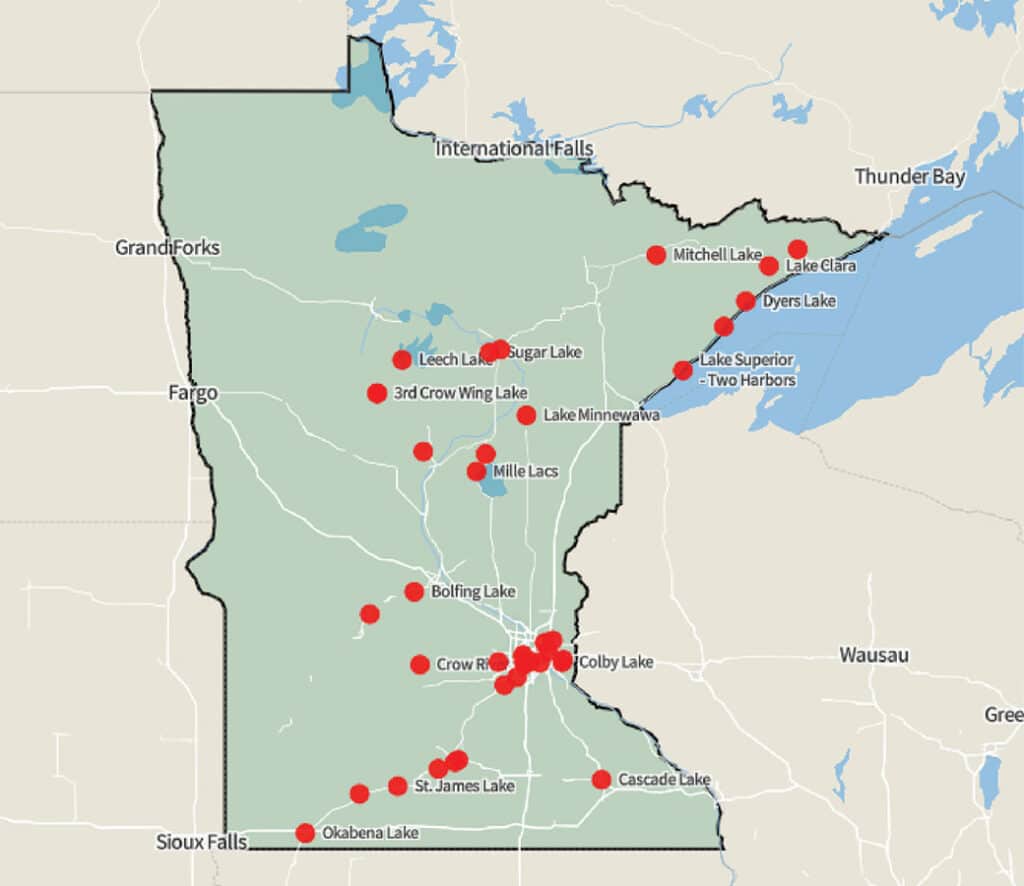
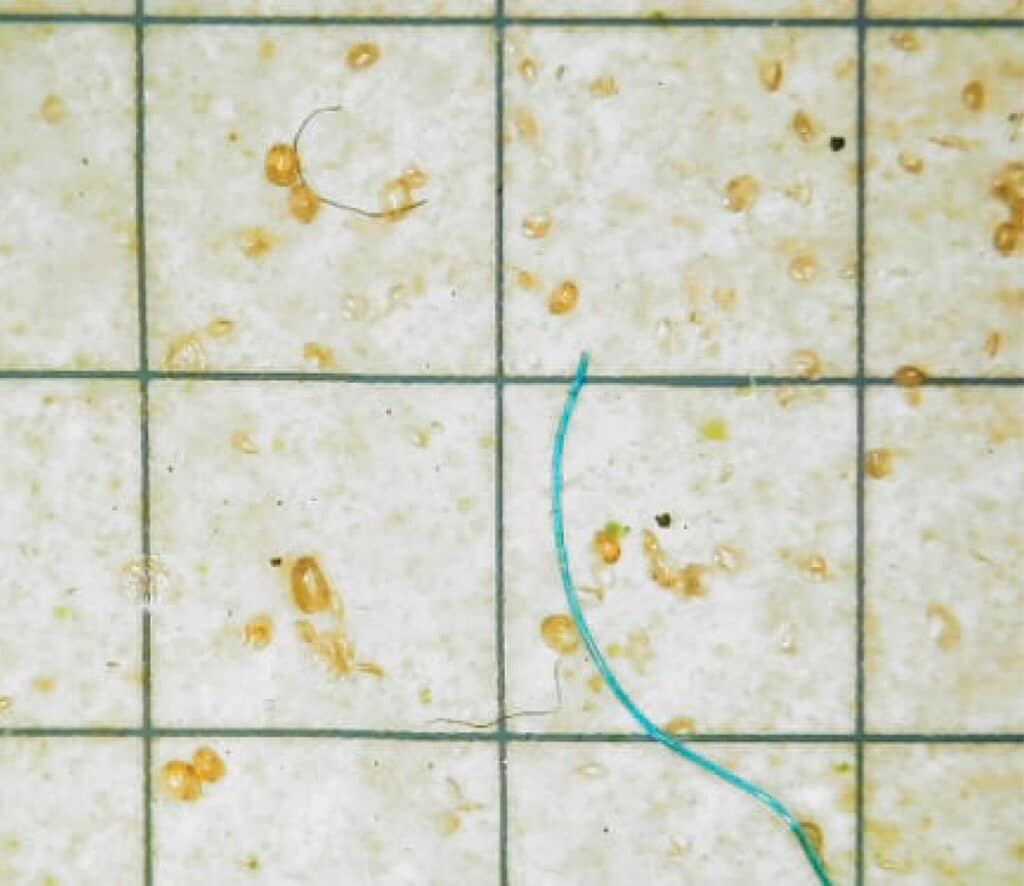
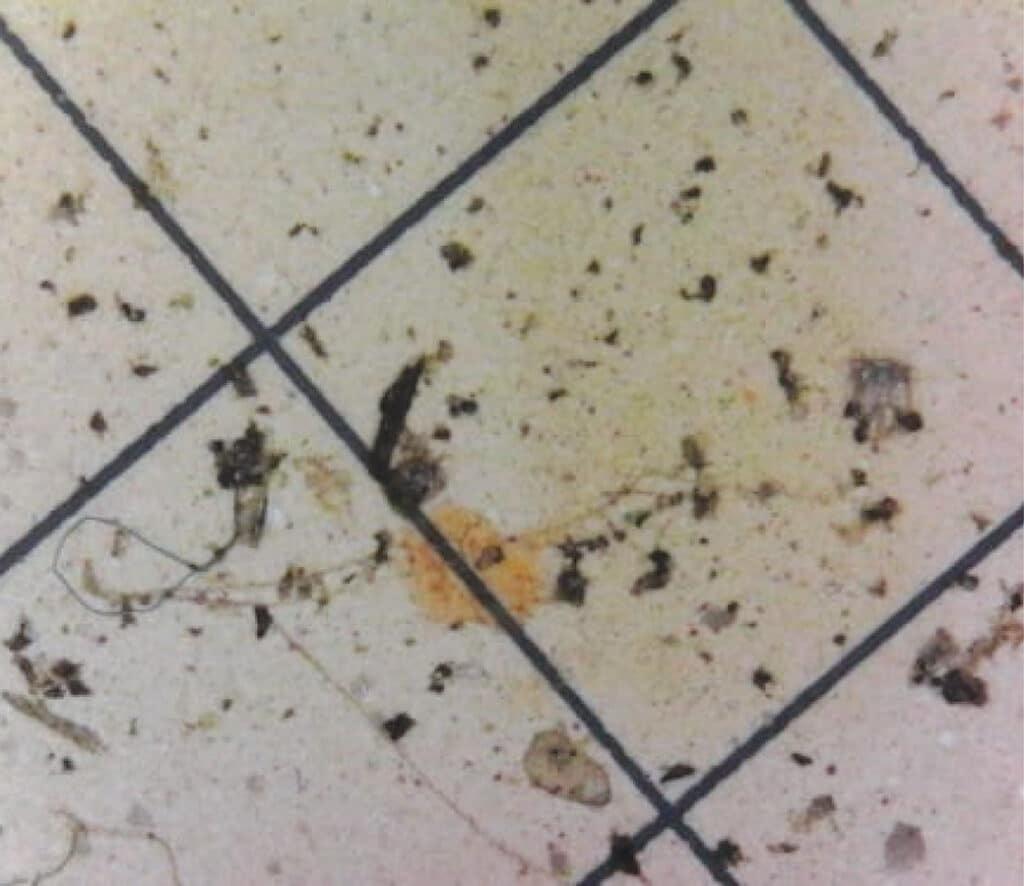
Harms humans, wildlife
Microplastics threaten clean water and may impact human health, and the issue is far from being resolved. Studies suggest links between exposure and health problems such as cancer, reproductive issues, and heart disease in humans. Wildlife is not excluded either. Larger animals consume smaller organisms that have ingested microplastics. This passes the plastic up the food chain, potentially causing multiple issues, including population declines and reproductive harm.
Rolfes noted that any plastic entering the environment does not degrade like compostable waste. Instead, it breaks into smaller and smaller pieces. To address this issue, she recommends several actions for state and local communities to reduce or eliminate plastic use.
These actions should include changing the law to allow communities to restrict single-use plastic bags. Additionally, lawmakers should also reject policies that expand plastic production. Rolfes urges them to create policies that keep clothing out of landfills and encourages manufacturers to reduce unnecessary production. Finally, they should promote green infrastructure by developing stormwater programs that prevent plastics from entering waterways.
Rolfes added, “Moving away from single-use plastic should be the priority,” when discussing what lawmakers should focus on. Scientists and volunteers will continue monitoring Minnesota lakes and rivers over multiple years. In the future, they’re also developing a strategy to study how microplastics impact air and soil quality as well.
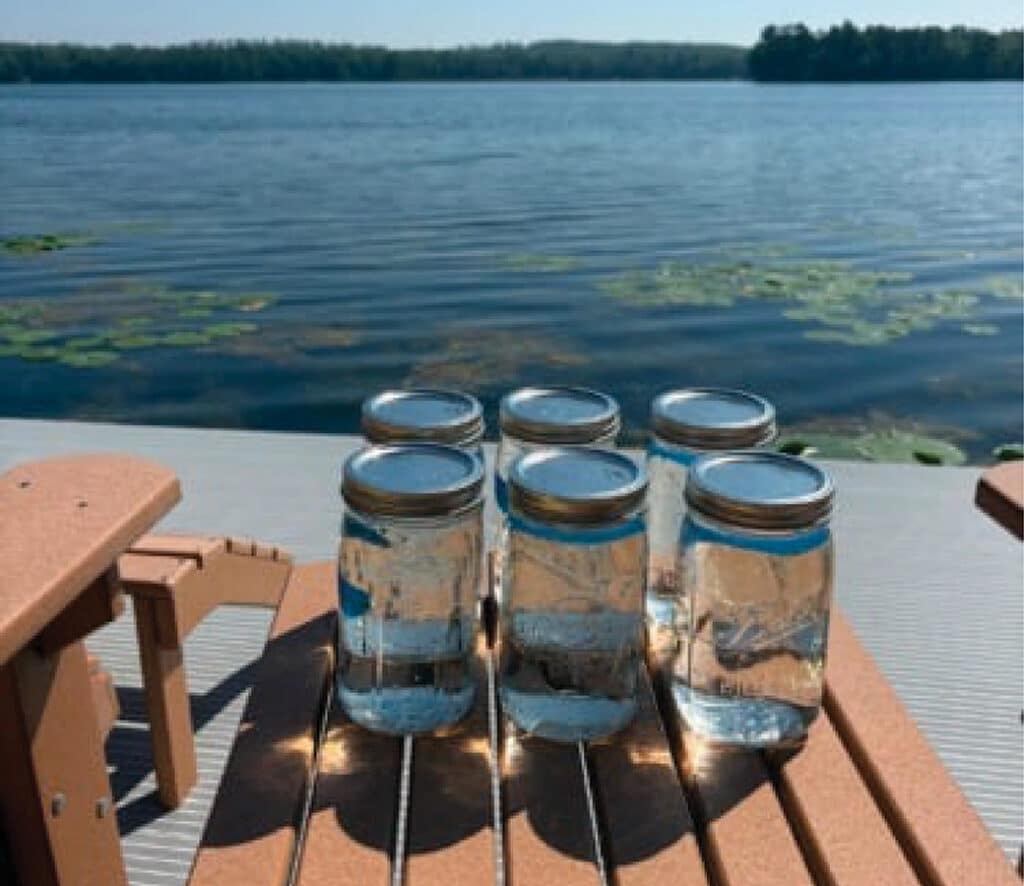

Ways you can reduce microplastics in the woods
Individuals can also take steps to reduce their plastic consumption and environmental impact. Pausing to consider the gear you use and the clothing you wear can help you protect the forest.
- Wear clothing and use gear made of natural fibers.
- Avoid using single-use items.
- Replace plastic zip locks with reusable containers or packaging.
- Pack only biodegradable soap and dispose of it far away from water sources.
- Use plant-based, biodegradable fishing line.
- Carry refillable travel-size toiletry bottles and containers.
- Use a water filter instead of disposable water bottles.
- Pack reusable dishes, cups, and utensils.
- Use a menstrual cup or natural fiber menstrual products.
- Support efforts and laws that eliminate single-use plastic.
- Pick up and pack out all garbage.
More info:
- Microplastic found in some of Minnesota’s most iconic lakes – Environment Minnesota
- Microplastics and our health: What the science says – Stanford Medicine
- 2023 SCORE report – Minnesota Pollution Control Agency

